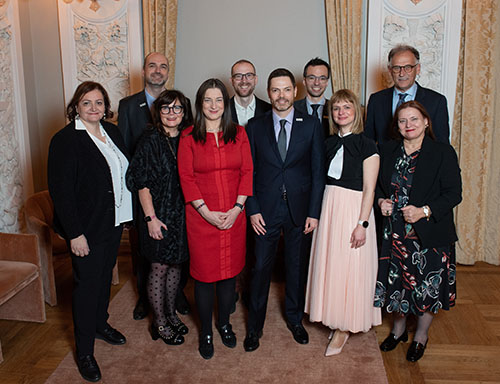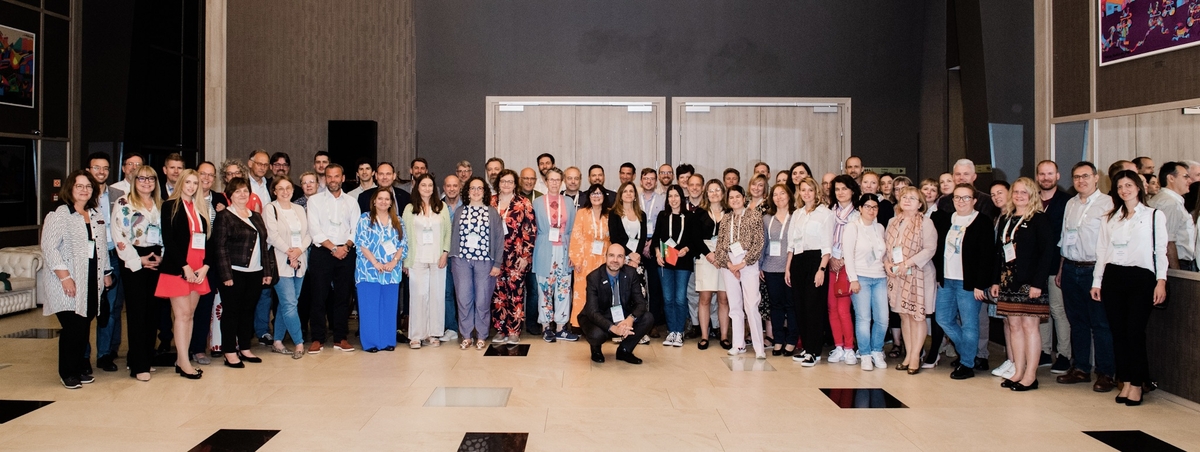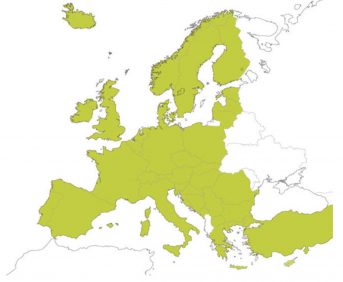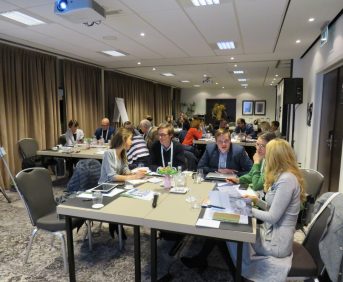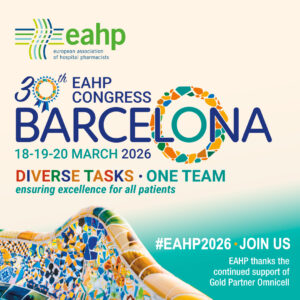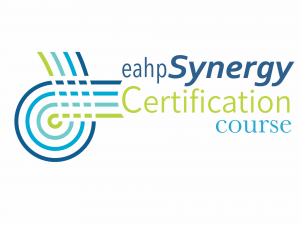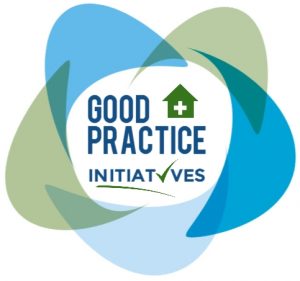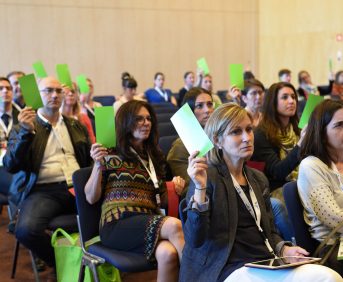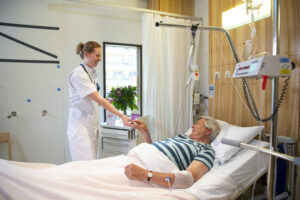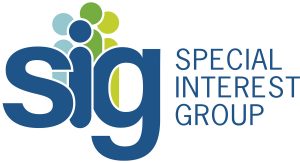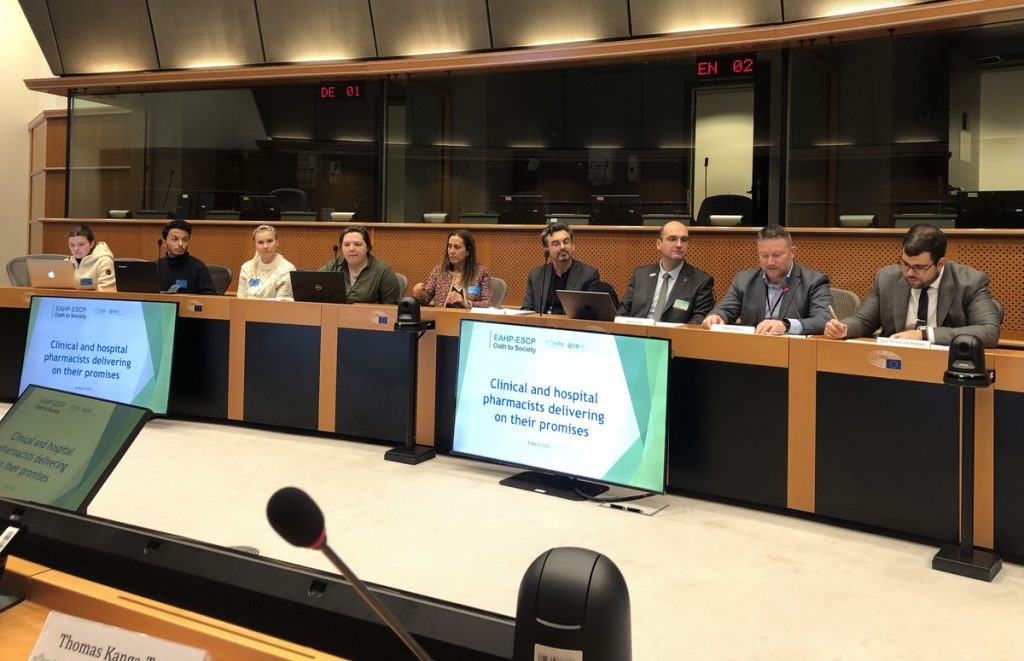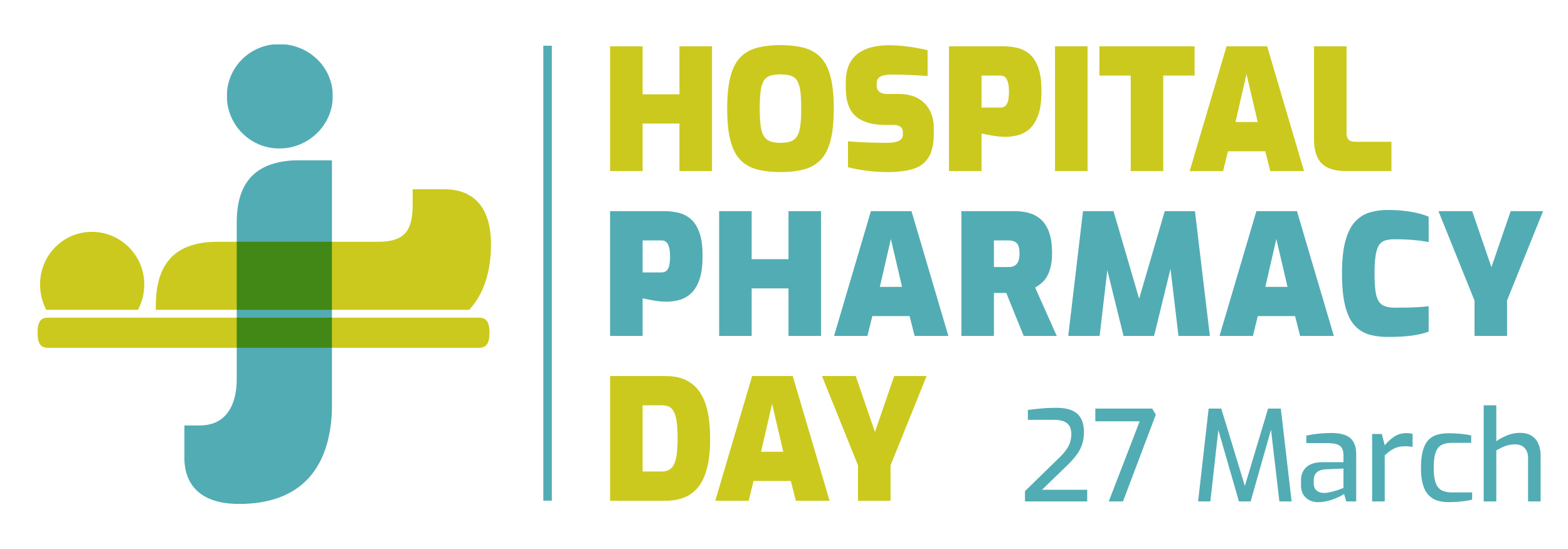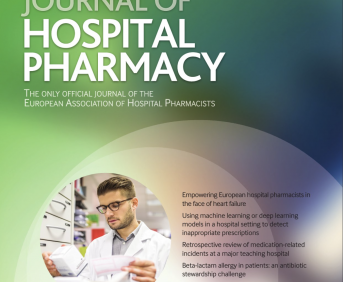Analysis of antibiotic prescription over 4 months, antimicrobial stewardship team project
Pdf

European Statement
Clinical Pharmacy Services
Author(s)
Carlos José Cortés Sánchez, Josefina Giménez Castellanos, Mónica Abdilla Bonías, Arantxa Valdivia Piqueres, José María Gómez Portolés, Irene Toledo Guasp, Eva García Cortés
Why was it done?
Proper use of antimicrobials is essential to ensure their efficacy and minimize the emergence of resistance. The evaluation of antibiotic prescription in a district hospital can provide information about clinical practice, adherence to local protocols, and the possibility of addressing antimicrobial resistance issues.
What was done?
Review the appropriateness of antibiotic prescription according to local guidelines and protocols.
How was it done?
This is 4-month prospective observational study(May to August 2023) in a district hospital. A daily list of admitted patients on antibiotic treatment was obtained through OrionClinic® electronic prescription. Each patient was reviewed and discussed for appropriateness with antimicrobial stewardship team in a Microsoft-TEAMS© chat. The following data were recorded: registration date, patient identification, hospitalization unit, microbiological culture, treatment modality (prophylaxis, empirical, or targeted) and appropriateness using a Microsoft FORMS©.
Descriptive analysis expressed as number and percentage and relationships derived from registration: percentage of patients by hospitalization unit, treatment modality, and appropriateness. Percentage of patients on empirical treatment with microbiological culture. And appropriateness according to treatment modality.
What has been achieved?
A total of 172 patients were analysed, of which 83(48.25%) were surgical patients (orthopaedic surgery, general surgery, urology, gynaecology, otolaryngology), 64(37.2%) are from internal medicine,MIN, 17(9.9%) from intensive care unit,ICU, and 8(4.7%) from paediatrics,PED. Of the total of patients, 95(55.2%) had requested a microbiological culture. About 52(30.2%) patients were on prophylactic treatment, 103(59.9%) empirically, and 17(9.9%) on targeted treatment. In conclusion, 119(69.2%) antibiotic treatments were appropriate (prophylactic 26/50%, empiric 80/77.67% and targeted treatment 13/76.5%).
Breaking-down data by hospitalization unit and treatment, of the 83 surgical (49 prophylactic, 28 empirical, and 6 targeted) 47(56.6%) were appropriate. Among the 64 MIN patients(1 prophylactic, 56 empirical, and 7 targeted), 54(84.4%) were appropriate. In ICU of 17 patients(2 prophylactic, 12 empirical, and 3 targeted), 11(64.7%) were appropriate. In PED of 8 patients(7 empirical and 1 targeted), 7(87.5%) were appropriate. Of the total of patients on empirical treatment(103), in 28(27.2%) there isn’t microbiological sample.
What next?
This is a preliminary analysis of our hospital’s situation in order to assess where interventions are needed for those patients who are not appropriate. It also helps us identify the hospitalisation units in which it is more necessary to implement strategic non-imposing measures to improve antibiotic prescription.
How we picked drugs for our automated preparation
Pdf

European Statement
Production and Compounding
Author(s)
Teimori Kaveh, Lunnan Asbjørn , Komnenic Aleksandar, Gleditsch Espen, Duedahl Hende Camilla
Why was it done?
Oslo Hospital Pharmacy is working to standardize and automate 10% of Oslo University Hospital’s annual consumption of two million parenteral medication doses. They aim to provide 200,000 ready-to-administer doses to OUS, starting with a trial in 2025 and scaling up to 200,000 doses by 2028. This initiative addresses efficiency, reduces nurse workload, and minimizes medication errors, addressing healthcare workforce challenges and ensuring timely and accurate medication delivery at Oslo University Hospital.
What was done?
Drugs were selected for inclusion in implementation of automated preparation of ready-to-use syringes and bags.
How was it done?
Oslo Hospital Pharmacy is dedicated to providing market-competitive ready-to-administer medications through a flexible selection process. This process involved a thorough analysis of parenteral medication usage in five reference care units over eight months. We compared consumption in these units (69 beds) to the entire hospital (2,031 beds) to align with Oslo University Hospital’s needs. Collaborations with international partners in the Netherlands and Denmark confirmed shared priorities, especially in ready-to-administer antibiotics, validating their meticulous selection process. Oslo Hospital Pharmacy’s strategy underscores their commitment to addressing healthcare challenges effectively with global validation.
What has been achieved?
The following 12 medications were selected for the initiative: Piperacillin/tazobactam 4g, Ampicillin 2g, Vancomycin 1g, Vancomycin 0.5g, Cefotaxim 2g, Cloxacillin 2g, Cefazolin 2g, Propofol 10 mg/ml, Fentanyl 50 microg/ml, Ketamin 10 mg/ml, Benzylpenicillin 3g and Benzylpenicillin 1.2g.
Results showed that the reference care units consumed 14 ampoules or vials per bed, while Oslo University Hospital consumed 80, suggesting a representative and potentially even larger demand across the hospital.
What next?
The established drug selection procedure offers an organized method for incorporating new medications. This well-defined medication list facilitates the selection of the most appropriate automation system for implementation. Considering the prevalent staff and medication shortages on a global scale, many institutions are increasingly considering the adoption of automation in their drug preparation departments. We aspire that our method can offer valuable assistance in their pursuit.
Preparing for disaster – ensuring and optimizing the supply of medicines to a regional acute Hospital in the event of a major accident
European Statement
Patient Safety and Quality Assurance
Author(s)
Fabrizia Negrini, Giorgia Vella
Why was it done?
The aims of this project were firstly to optimize the content of the stock (choice of medicines and quantity) so that it is suitable for various potential events of different nature that may occur in the region. The second aim was to optimize the management processes in order to reduce costs.
What was done?
To manage extraordinary events (short-lasting phenomenon without contamination) in a region with 1.5 million inhabitants, the hospital pharmacy, in collaboration with a major acute Hospital, manages a designated stock containing medication that may be required during unplanned emergencies.
How was it done?
To achieve these two aims, the first step was to define which major events are possible and most likely to occur in the region. To do this we utilized a risk-based analysis of all disasters and emergencies relevant in the area that was performed by an external company that specializes in developing risk management projects in the context of civil protection1. Based on the identified events, we determined which types of injuries were more likely to occur. The medicine stock was subsequently updated and a process for minimizing the management cost was defined.
What has been achieved?
The hazards that were identified as being of particular importance for the analyzed region are likely to mainly result in blunt, perforating, and burn injuries. In collaboration with the Hospital, a list of 61 different medicines used to treat these types of injuries was established. In order to reduce costs, only drugs which were part of the main stock of the pharmacy were chosen. In this way, it is possible to exchange products with a longer shelf life from the main stock 6 months before expiring and use them without having to discard them.
What next?
In case of extraordinary events in a restricted region, the major acute hospital has an increased need for certain medicines. It is task of the hospital pharmacy to always be ready to supply them with such medicines. This is only possible if the probable emergency scenarios are well understood, and the stock and management processes are well-defined and communicated at all levels.
TASK FORCE TO FACILITATE THE INTRODUCTION OF BIOSIMILAR MEDICINES NATIONALLY: THE CASES OF INFLIXIMAB AND ETANERCEPT
Pdf

European Statement
Selection, Procurement and Distribution
Why was it done?
Introducing biosimilar medicines in the clinical setting may significantly reduce hospital medicines expenditure – but only if the biosimilar medicines are used. Lack of knowledge and insecurities about biosimilar medicines among healthcare professionals and patients must to be addressed to ensure implementation in the clinical setting.
What was done?
To facilitate the introduction of biosimilar medicines in Denmark, a special Taskforce was appointed. The aim was to enhance knowledge of biosimilar medicines among healthcare professionals and prepare implementation of biosimilar medicines in the clinical setting.
How was it done?
A special “Taskforce for introduction of biosimilars” was appointed. The Taskforce consisted of physicians including clinical pharmacologists, pharmacists, drug tender specialists and staff from the “Council for the Use of Expensive Hospital Drugs”, who issue national treatment guidelines.
Planning the introduction of biosimilar infliximab in Denmark started more than a year prior to the granting of marketing authorization. During this time, the Taskforce arranged seminars and facilitated meetings with specialists from the clinical setting to provide knowledge of biosimilars, to discuss the introduction of biosimilar medicines and how to switch patients. Based on these discussions the “Council for the Use of Expensive Hospital Drugs” dictated the use of biosimilar medicines nationally.
The Taskforce also created educational materials for doctors, nurses and patients and a “Q & A” website.
What has been achieved?
Biosimilars were adopted into the Danish market after a very quick introduction. The market share of the biosimilars was 95% within 3-4 months.
The price reduction after introducing biosimilar medicines was approx. 60%, and the quick implementation of the drugs in the clinical setting has significantly reduced medical costs.
Total annual savings in Denmark: 22 mio € (infliximab) and 15 mio €* (etanercept. * Estimate based on the first 6 months).
What next?
More new biosimilar medicines are expected to be introduced into the Danish market in the near future. The Taskforce will continue their work to ensure similar successful implementations.
